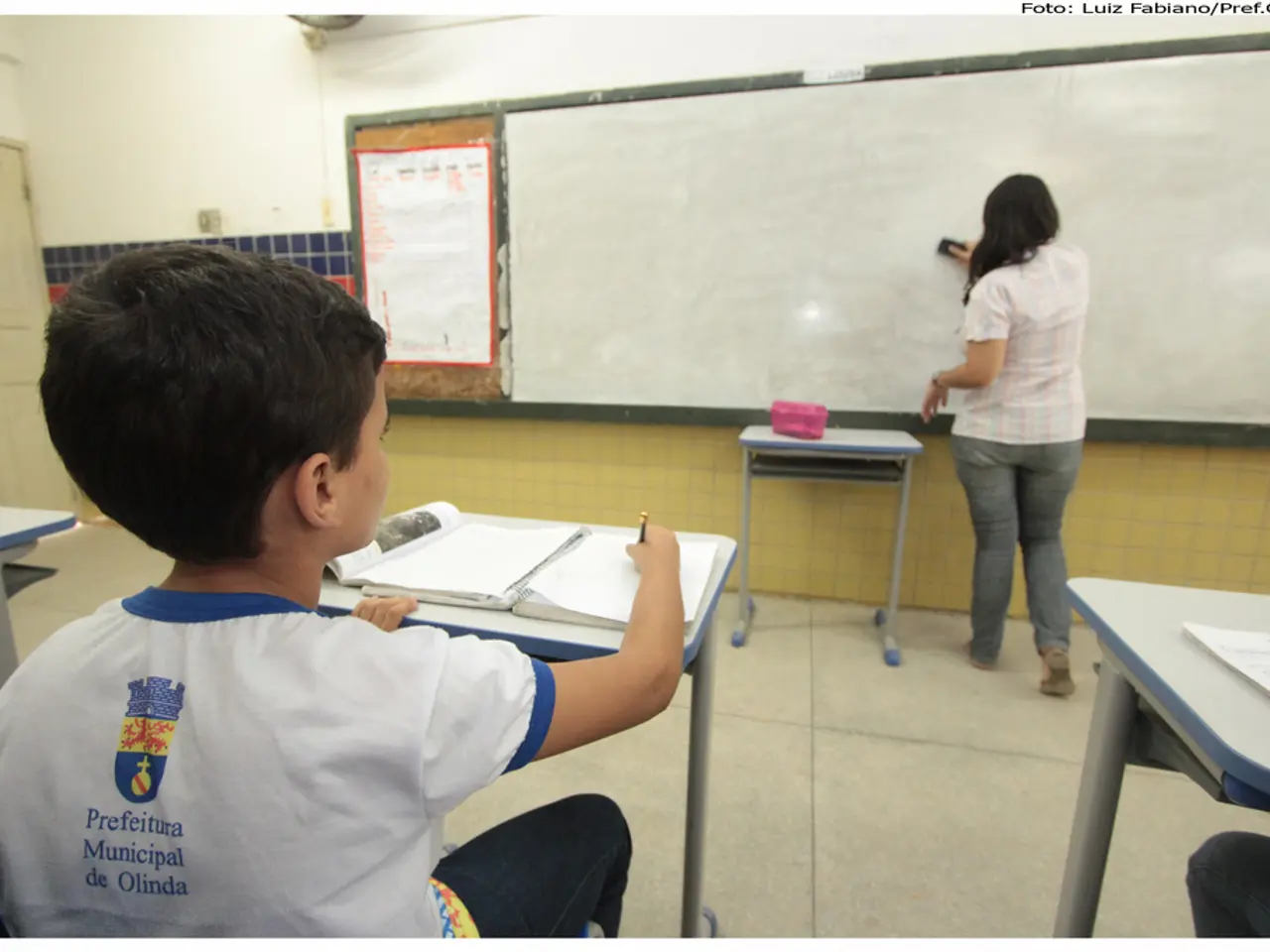Information on our digital platform
In an inspiring endeavour to share his lifelong passion for music and creative skills, Rich L. Williams, a qualified Pro Tools Expert, has launched Practical-Music-Production.com - a website dedicated to helping people make music at home.
The website offers a wealth of information on recording and producing music, with a focus on simplifying the process for beginners. It starts with easy-to-follow steps involving Digital Audio Workstation (DAW) basics, composition, sound design, mixing, and mastering.
To start making homemade music, follow these step-by-step guidelines:
1. Set up a basic music production workspace. A computer or laptop with DAW software is essential. Popular DAWs include Ableton Live, FL Studio, Logic Pro, or free options like BandLab. Create a quiet, comfortable space where you can focus on creating music.
2. Learn your DAW basics. Familiarise yourself with the interface and core features such as creating tracks, using MIDI, and placing audio clips. Tutorials on your chosen DAW or platforms like BandLab offer easy step-by-step guides to composing your first song.
3. Start composing a track. Begin with simple melodies or chord progressions. Use MIDI instruments or samples to build your sounds. Don’t worry about complexity—focus on laying down the basic structure of your song (intro, verse, chorus, etc.).
4. Explore sound design and samples. Use built-in plugins and sound libraries to experiment with different instruments and effects to form the sounds in your music.
5. Record sounds if possible. Add vocals, guitar, or other real instruments by recording directly into your DAW using a microphone or audio interface.
6. Mix your music. Organise your tracks, label them clearly, and balance their volumes so that no element overpowers others. Apply panning to position sounds spatially in the stereo field. Use Equalization (EQ) to carve out frequency spaces for each instrument and compression to control dynamics.
7. Add effects like reverb and delay. These add depth and atmosphere to your mix but use them sparingly to avoid muddiness.
8. Use automation. Automate volume and effects parameters to create dynamics and maintain listener interest throughout your track.
9. Finalise your mix. Bounce down your mix to a stereo audio file and test it on different playback systems to ensure it sounds good universally. Adjust mix elements accordingly.
10. Master your track and release. Mastering puts the finishing polish by enhancing loudness and clarity, preparing your track for distribution. Many DAWs or online services provide mastering tools.
If you're seeking detailed tutorials tailored to a specific DAW or genre, resources like Practical-Music-Production.com and BandLab’s step-by-step song creation guides provide focused support. The website is continuously expanding with new pages and articles, offering a growing wealth of knowledge for aspiring music producers.
As a kid, Rich spent hours playing his first keyboard and guitar. He gained experience in recording and producing demos for bands during university, where he studied a three-year Production & Engineering course. Realising he might not be good enough to be in a successful band, he focused on the technical aspects of music production instead.
Rich encourages suggestions for the website's content and can be contacted via the Contact page on the website. He invites readers to start producing music and wishes them the best in their musical journey.
- Rich L. Williams, a qualified Pro Tools Expert, shares his passion for music through Practical-Music-Production.com, a website focusing on simplifying music production for beginners.
- The website offers comprehensive tutorials on every aspect of music production, including recording, mixing, and mastering.
- To start making music at home, set up a workspace equipped with a computer, DAW software, and a quiet, comfortable space.
- Master your recordings by using home-and-garden equipment like microphones and audio interfaces to capture the sound of instruments like guitar.
- In addition to music production, Rich's passion for music transcends to different areas of lifestyle, serving as a testament of the profound influence music has on entertainment and everyday life.




